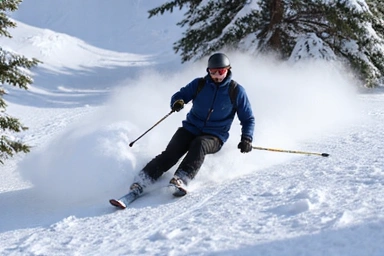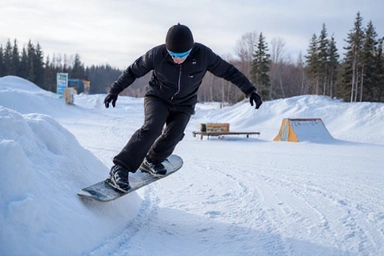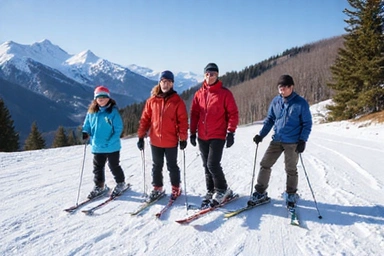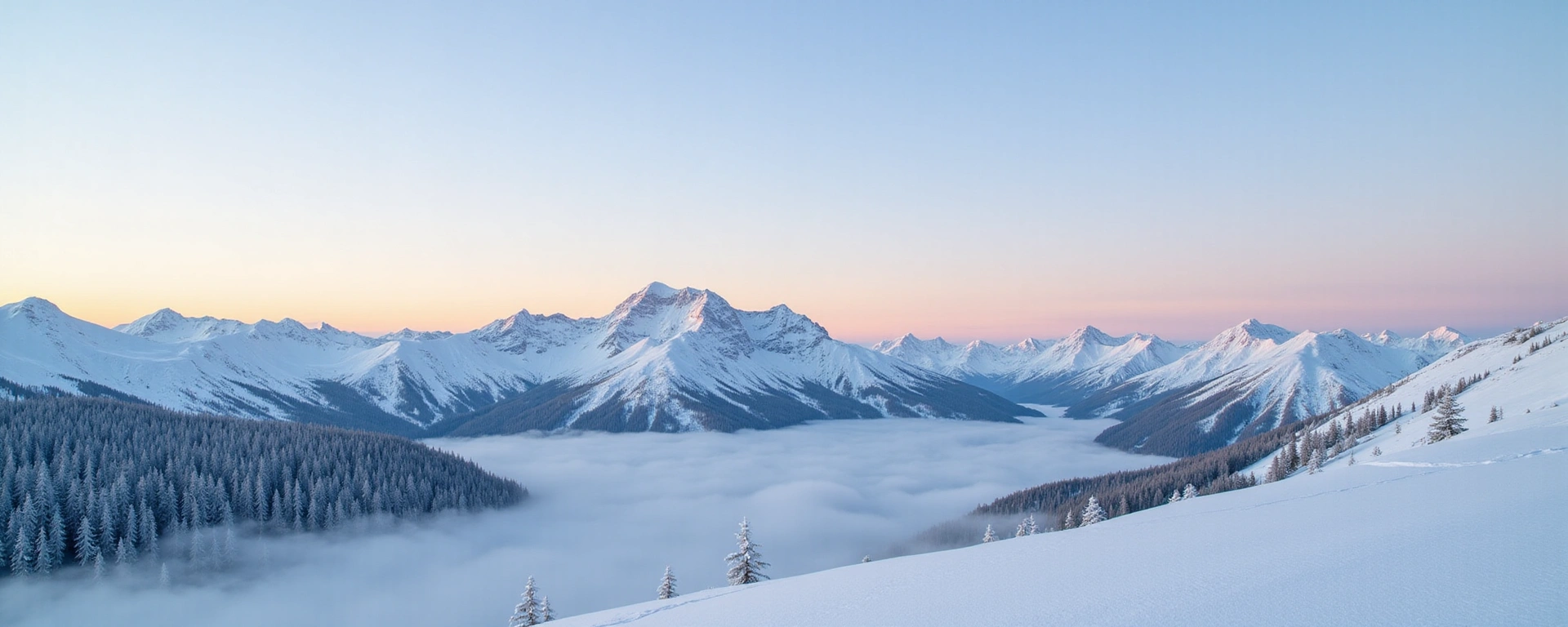
The Thrill of the Slopes: A Deep Dive into Alpine Skiing Techniques
By John Doe | October 26, 2023
Alpine skiing is more than just sliding down a mountain; it's an exhilarating dance with gravity, a symphony of balance, speed, and precision. Whether you're a seasoned pro or just starting, understanding the fundamental techniques can significantly enhance your experience and performance on the snow. This article will guide you through the core principles of alpine skiing, from basic stance to advanced carving.
The Fundamental Stance: Ready Position
Every great run begins with a solid foundation. The ready position, or athletic stance, is crucial for maintaining balance and control. Your feet should be about shoulder-width apart, knees and ankles slightly flexed, and hips centered over your skis. Lean slightly forward, with your shins gently pressing against the front of your boots. Your hands should be forward, holding your poles, ready to initiate turns or maintain rhythm. This stance allows for quick adjustments and absorbs terrain changes effectively.
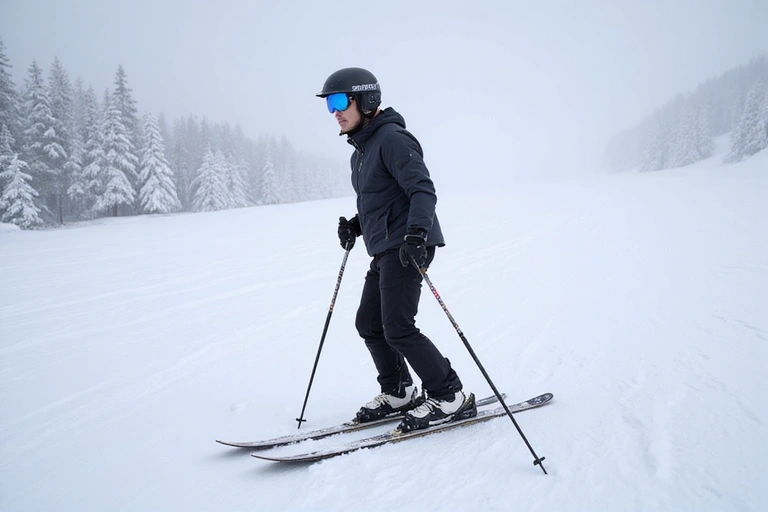
Mastering the Turn: Edge, Pressure, and Rotary
The turn is the essence of alpine skiing. It involves a combination of edging, pressure control, and rotary movements. Understanding how these elements work together is key to smooth, controlled descents.
- Edging: This refers to tilting your skis onto their edges to grip the snow. To turn left, you edge your skis onto their right (inside) edges, and vice-versa. The degree of edging depends on your speed and the steepness of the slope.
- Pressure Control: Shifting your weight between your skis and along the length of your skis helps initiate and control turns. Applying more pressure to the outside ski in a turn helps maintain stability and drive the ski through the arc.
- Rotary Movement: This is the twisting motion of your legs and feet that steers your skis. While it's tempting to twist your whole body, effective rotary motion comes primarily from the lower body, allowing your upper body to remain relatively stable and facing down the fall line.
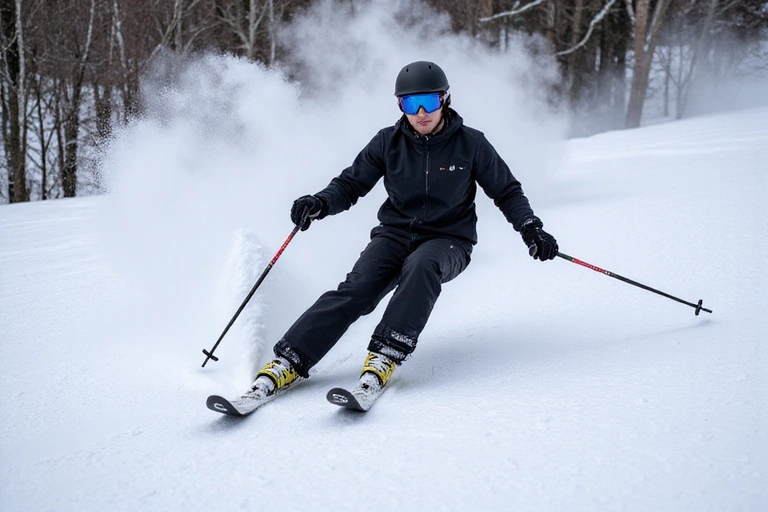
Carving vs. Skidding: The Art of the Arc
Two primary ways to turn are carving and skidding. Both are valuable, but carving is often considered the pinnacle of alpine skiing technique due to its efficiency and exhilarating feel.
"The mountain is always there, but the way you ski it changes with every turn, every condition, every new skill you acquire. Embrace the learning process."
- Skidding (Pivoting): This involves pushing your skis sideways across the snow to slow down or change direction. It's often used by beginners and in situations requiring quick speed control or navigating difficult terrain. The skis leave a broad, scraped track on the snow.
- Carving: This is where the ski's sidecut does most of the work. By applying consistent edge pressure and maintaining a clean arc, the ski cuts through the snow without skidding, leaving a thin, clean line. Carving requires more speed and precise balance but offers incredible control and a smooth, powerful sensation.
Advanced Techniques: Moguls and Powder
Once you've mastered the basics, the mountain offers endless opportunities for advanced challenges. Moguls (bumps) and powder skiing require specific adjustments to your technique.
- Mogul Skiing: This involves absorbing and extending your legs to navigate the bumps. You'll typically turn on the top of the mogul or in the trough between them, using the terrain to help control speed and direction. It's a highly dynamic and rhythmic form of skiing.
- Powder Skiing: The dream of many skiers, powder requires a different approach. Instead of edging, you float on top of the snow. A slightly wider stance, centered balance, and rhythmic up-and-down movements (known as "porpoising") help you stay afloat and turn effortlessly through the deep snow.
Safety First: Equipment and Awareness
No matter your skill level, safety should always be paramount. Ensure your equipment is properly fitted and maintained. Wear a helmet, and be aware of your surroundings, other skiers, and changing snow conditions. Always ski in control and within your abilities.
Alpine skiing is a journey of continuous learning and exhilarating discovery. By focusing on these core techniques and practicing regularly, you'll unlock new levels of enjoyment and confidence on the slopes. So, grab your gear, hit the snow, and let the mountain be your playground!
